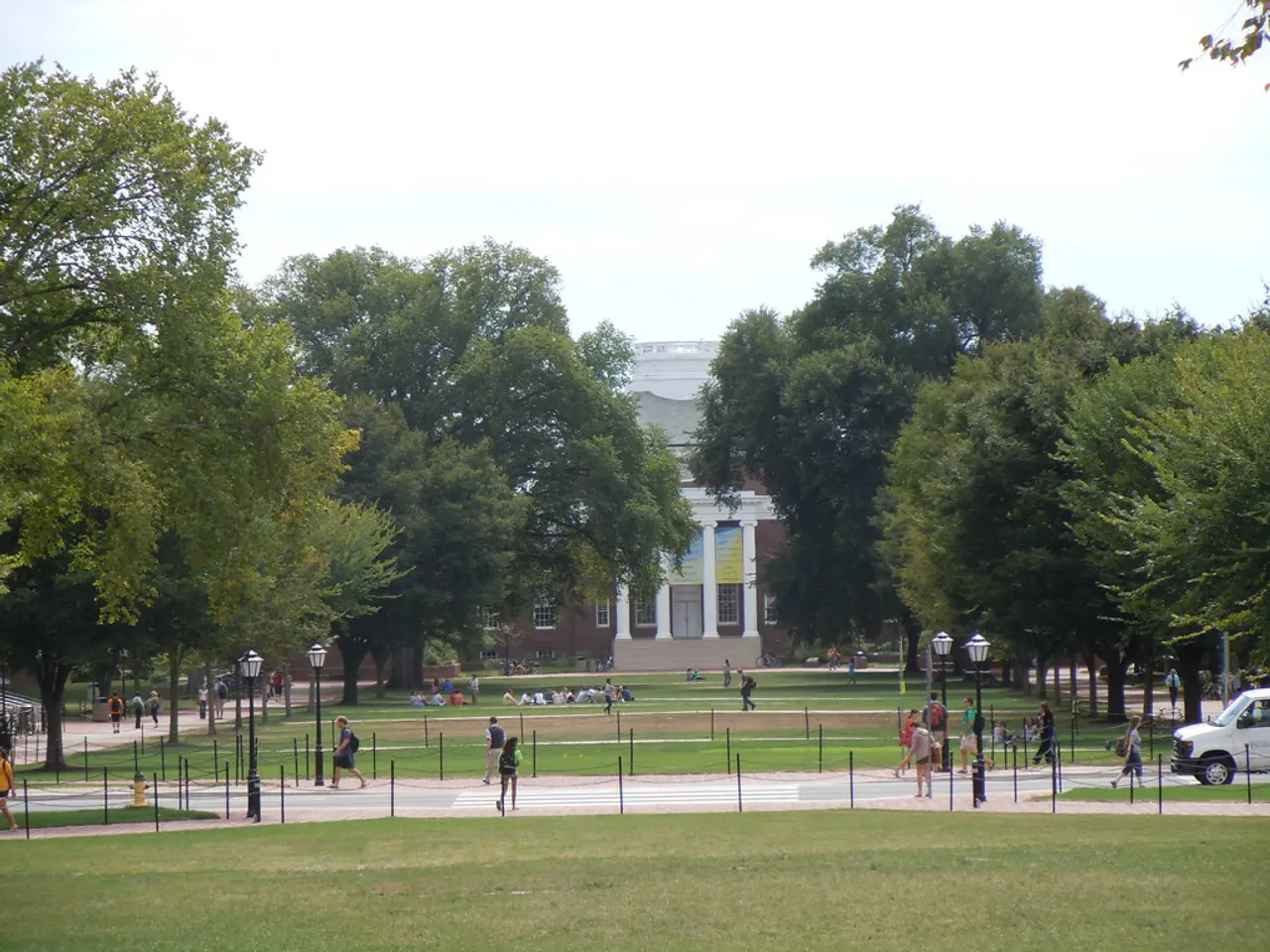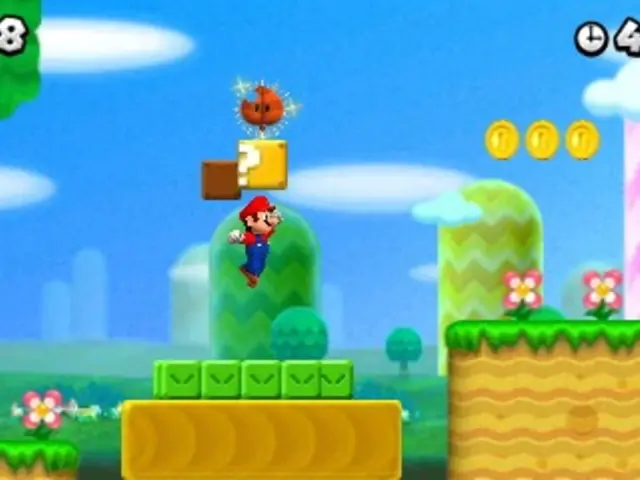Permaculture Learning Programme
In the heart of a cold and unforgiving climate, a passionate gardener embarks on a transformative journey, learning the art of permaculture. This journey began with hands-on practice, self-study through YouTube videos, and enrolling in the Verge permaculture online course, a convenient choice given its location in central Alberta.
Permaculture, a design system centred on holistic thinking, aims to provide all human needs while strengthening and improving the environment. According to Geoff Lawton, "Permaculture is a design system centered on holistic thinking, focused on providing all human needs while strengthening and improving the environment."
The key design principles of a permaculture approach revolve around ethical foundations and practical strategies that promote sustainable, resilient ecosystems integrated with human needs. These principles include Earth Care, People Care, and Fair Share, which emphasise the protection and nurture of the natural environment, support for human health and well-being, and limiting consumption, reducing waste, and sharing surplus resources fairly, respectively.
Design principles such as Observe and Interact, Use and Value Diversity, Stack Functions, Use Small and Slow Solutions, Intensive Interplanting, and Creating Natural Cycles are also crucial in a permaculture garden. These principles promote careful observation of the environment, incorporating a variety of plants, designing elements to serve multiple purposes, using smaller, manageable systems, mixing compatible plants densely, and emphasising mulching, composting, using own seed stock, and avoiding chemicals to maintain soil fertility and ecological balance.
For small spaces or homesteads, growing vertically using trellises or fences, creating microclimates, and constructing purposeful pathways with groundcovers are effective strategies.
The benefits of a permaculture approach are numerous. It encourages mindful interaction with natural systems, promoting ecological health and biodiversity. It builds resilience against pests and disease without harmful chemicals. It supports sustainable food production tailored to local conditions. It reduces inputs by recycling nutrients and water, helping to conserve resources. It fosters community and self-reliance by growing food for family and sharing surpluses. Lastly, it generates diverse yields year-round through layered ecosystems and diversified planting strategies.
One acknowledged challenge of permaculture is the significant time and effort investment upfront in observation, planning, and careful implementation. However, this tends to pay off in long-term sustainability and productivity.
The author, having grown up on a homestead and learned about gardening through example and simple instructions, is now eager to apply and share what they have learned from the Permaculture Design Course. The author wants to use their permaculture design certificate to design a place using scientific methods instead of relying on trial and error.
The author invites readers to join them on this exciting journey towards sustainable gardening. Subscribe to the newsletter and follow on Instagram, Facebook, or Pinterest for updates on the author's progress and other permaculture-related topics, such as "How to design an urban yard for food production", "Using rocks to build raised beds and borders in the garden", "Ten Years Yard-to-Garden Initiative Update", "A Country Garden Cabin", "Making and planting seed bombs", "Permaculture Design Project", and "Microclimates in a Northern Garden".
The author's gardening experiences have confirmed the effectiveness of this approach, suggesting more possibilities in permaculture. The Permaculture Design Course is a worldwide recognized certification in permaculture education, and the author is proud to be a part of this global community.
- In a cold climate, the gardener is building raised beds, implementing permaculture principles to strengthen their garden and the environment.
- Follow the author's progress as they harvest seeds from their permaculture garden and share tips for small space gardening, like creating microclimates and using groundcovers for pathways.
- The author is incorporating design principles such as intensive interplanting and natural cycle creation to promote a diverse and resilient ecosystem in their garden.
- The author's family lifestyle is evolving with the integration of permaculture, leading to sustainable food production and a focus on earth and people care.
- The author encourages readers to learn more about permaculture through resources like YouTube videos, online courses, and the author's own home-and-garden blog.
- The author's journey includes constructing a greenhouse for cold climate plants and experimenting with vertical gardening using trellises and fences.
- Through the author's permaculture garden, stakeholders can witness diverse yields year-round and experience a lifestyle that emphasizes ecological health and self-reliance.








